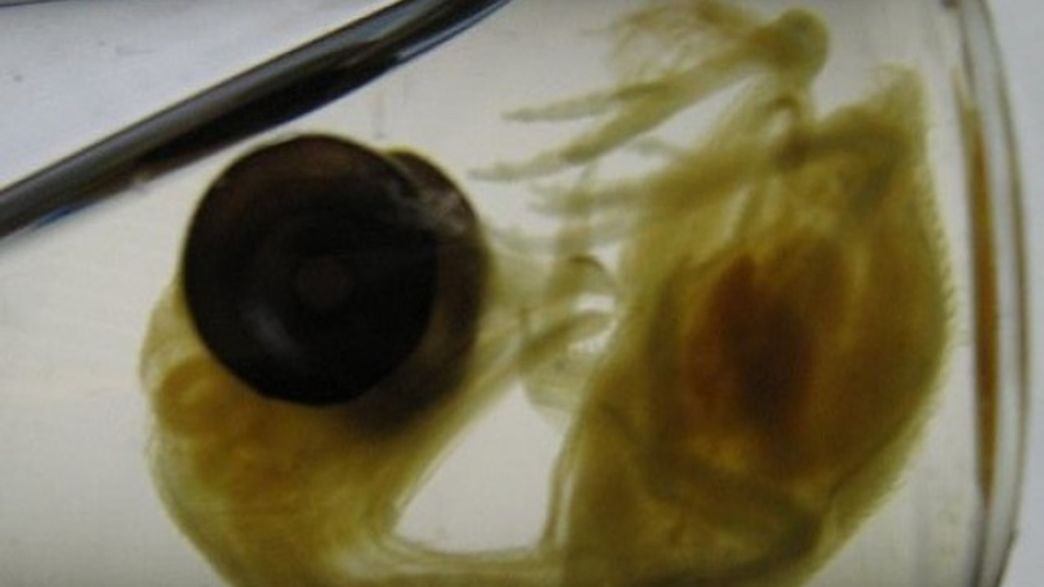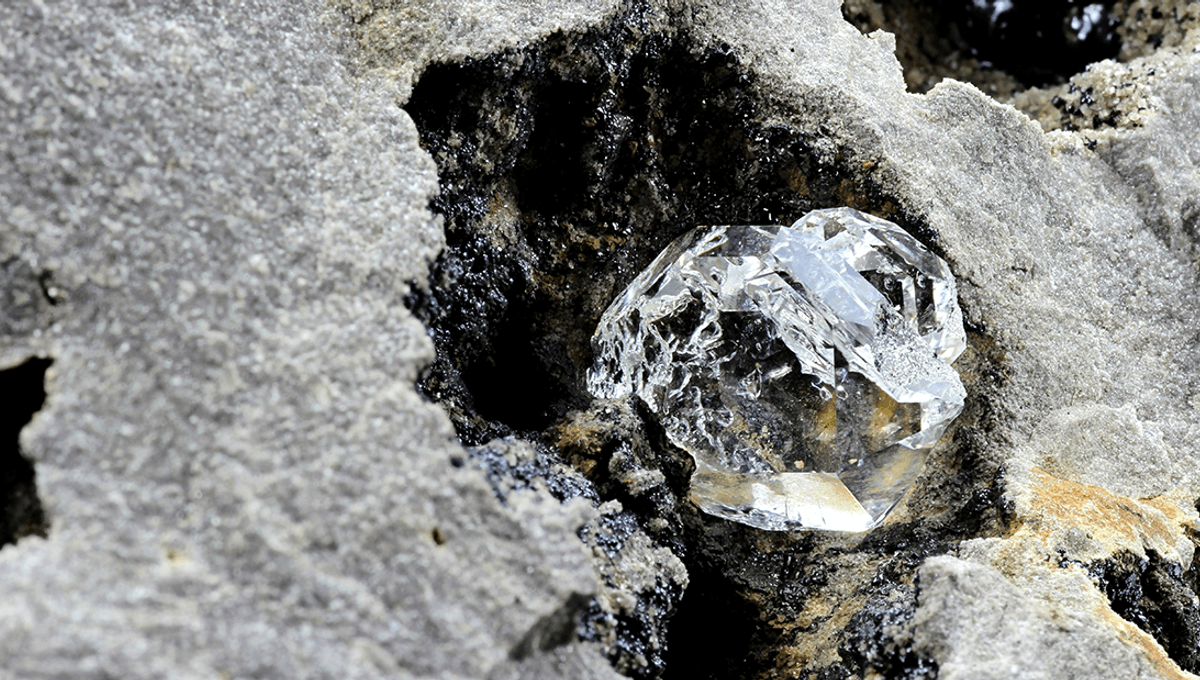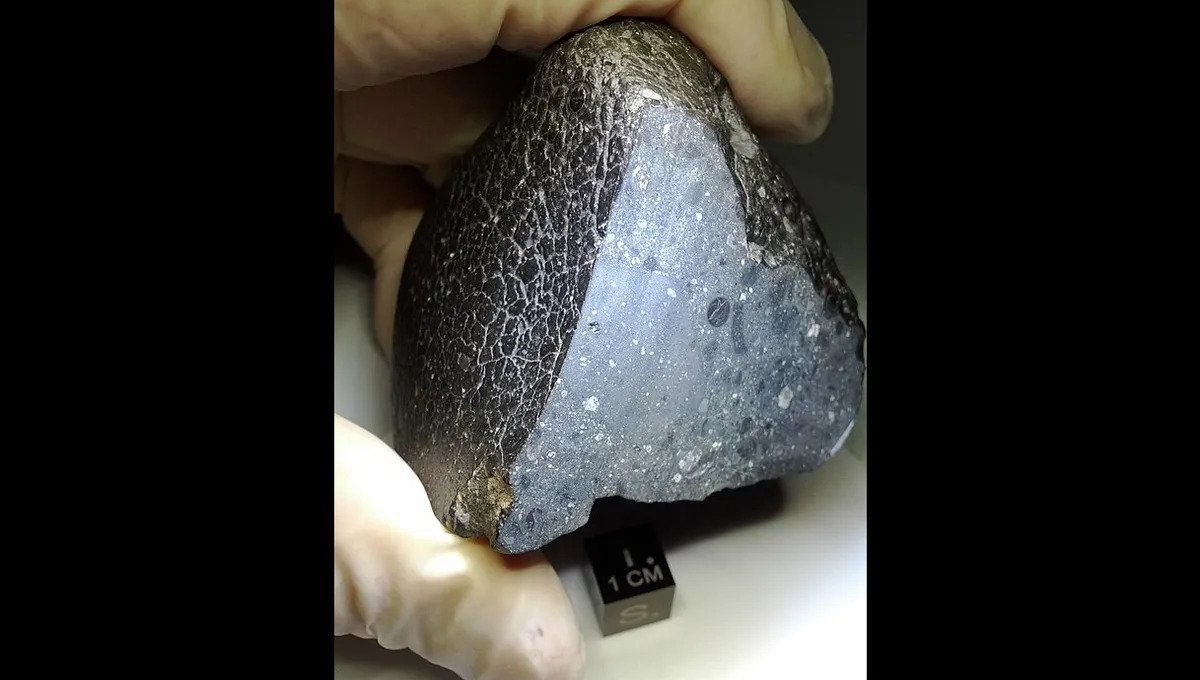Imagine a world where dinosaurs still roam the earth. Well, scientists are getting closer to understanding the incredible transformation that took place millions of years ago, thanks to some fascinating experiments with chicken embryos.
In a groundbreaking study published in the journal Evolution, a team of researchers successfully grew “dinosaur legs” in chicken embryos. This isn’t the first time chickens have been manipulated to resemble their prehistoric ancestors. In 2015, scientists managed to give chickens a dinosaur-like snout, and even make them walk like a Tyrannosaurus rex.
But this latest research focused on uncovering the secrets behind the development of dinosaurian skeletons, specifically the growth of leg bones. By inhibiting the activity of a gene called Indian Hedgehog (IHH), the researchers found that the fibulae, or leg bones, continued to grow, resembling those of ancient dinosaurs like the Archaeopteryx.
Modern-day birds, including chickens, are descendants of a group of feathered dinosaurs called the Coelurosauria. These dinosaurs, which include famous species like Deinonychus, Tyrannosaurus, and Velociraptor, had fibulae that reached all the way down to the ankle. However, over time, the fibulae of birds became shorter and more splinter-like.
Through their research, the team discovered that the growth of the fibulae in modern chickens is regulated by a gene called PthrP, which is activated when the Indian Hedgehog gene is inhibited. This allowed the fibulae to continue growing until they attached to the ankles, resembling the skeletal anatomy of the Archaeopteryx.
While these dinosaur-like chickens were not allowed to hatch, this research opens up a world of possibilities for understanding the evolution of birds from dinosaurs. Who knows what other secrets we may uncover in the future?








